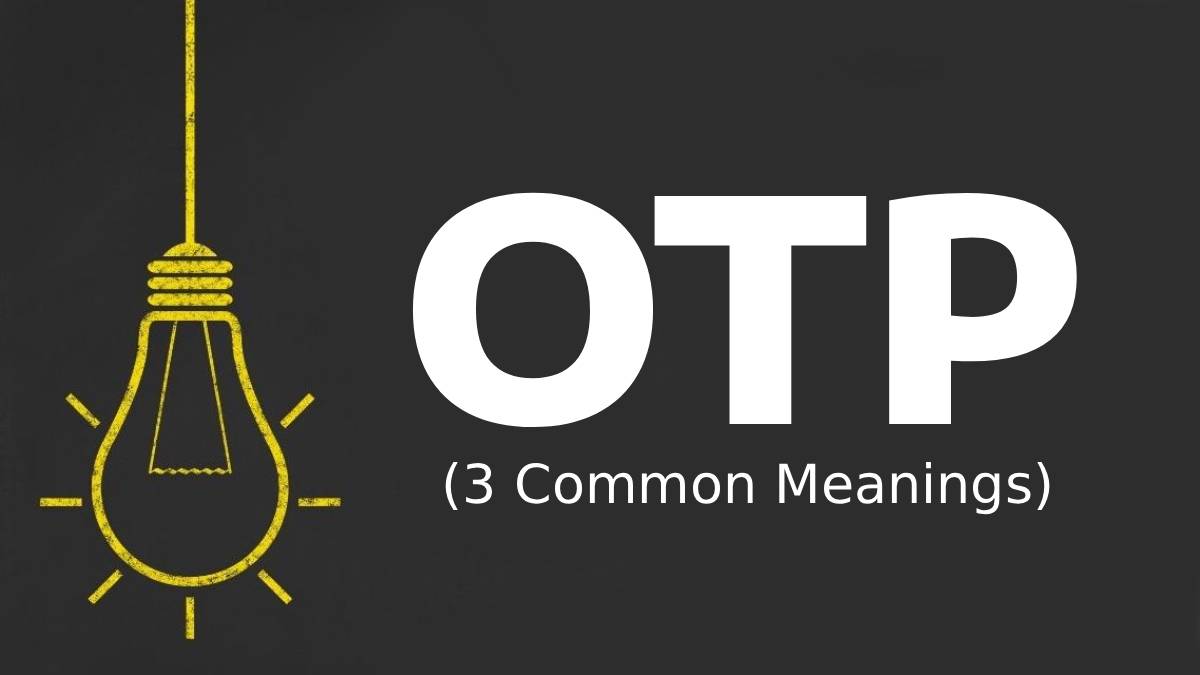The testing field is one of the most challenging and in-demand domains in the IT industry, given its ability to produce some of the most compelling tools in the digital platform. Employers are on the lookout of web developers and testers equipped in several technologies that can prove to be significant in the industry.

If you are someone who wants to power-up your career as an automation tester with substantial opportunities for Selenium training, you may finally learn to accomplish several tasks in the least involved time and have a thriving career.
However, before getting any deeper into learning about Selenium, it’s essential to learn more about the rapidly evolving automation testing scene. It has taken a lead role in putting out value-based, high-end technology software products for consumers in the market faster than ever before.
What is Automation Testing?
Using an automation tool that can help in the execution of your test case suite is the process of eliminating the need for manual testing. Manual testing needs human involvement and many continuous procedures, making it time taking and overwhelming. With automation testing, the overall system is quicker, time-effective, and detailed.
The automation tool can be used to carry out and store test data in the System Under Test, compare and generate detailed reports and actual results, and get repeated several times in each development cycle. Therefore, using a test automation tool can help you get started with the recording of the test suite, improve its ROI, and do it with lesser chances of inaccuracy.
There are many reasons why automation testing is crucial for the development process; some of them are:
- Manual testing comes with a lot of shortcomings from being vastly time and money-consuming to not wholly effective and rigorous for its human involvement.
- Automation testing can be run overnight without needing any human supervision, thus increasing productivity and speeding things up.
- Automation can also contribute to enhancing test coverage qualitatively.
- Based on the test cases’ scope and purpose, there are several criteria involved in the increase of ROI via automation:
- For business-critical test cases involving high risk
- Test cases that need repeated execution
- Complex test cases that need more than manual testing and are time-consuming.
What is Selenium?
Selenium is an open-source, automated testing framework that can be used to test web applications on various browsers and platforms. It is one of the most compelling tools used by QA testers that can be used across multiple platforms like Java, C#, Python to create Selenium Test Scripts. There are several tools involved in the process, each looking after a specific trait:
● Selenium Integrated Development Environment (IDE): The Selenium IDE is responsible entirely for recording, creating, analyzing, and enhancing scripts. The IDEs are a Firefox add-on that can be used to record all your browser interactions in a particular scripting language, known as Selenese. For a tester, this language comes with its convenience to execute commands in the browser, thus automating it. As a language, Selenese has accessible, flexible commands with auto-complete support to perform several automated tasks and is widely used for its easy-to-understand bug reproduction scripts and detailed testing scripts.
- Java
- C#
- PHP
- Python
- Perl
- Ruby
● Selenium Remote Control (RC): On the other hand, the Selenium Remote Control was a flagship testing framework used to drive all operations in the Selenium environment. It is compatible with the following languages:
● WebDriver: This is what drives a browser in terms of the user’s perspective using the Selenium Server. The Selenium WebDriver, also known as Selenium 2.0, has made its predecessor Selenium Remote Control obsolete. The latter was limited to single host origin with pop-up functions, dialogs, and downloads affecting the test scripts. Selenium 2.0, on the other hand, can control a browser directly with two primary purposes:
– Seen as a WebDriver standard in major programming languages
– Equip developers to create their personalized, domain-centric language.
Such purposes make Selenium 2.0 the first choice for testers who use it extensively to scale and distribute scripts across numerous environments.
● Selenium Grid: It is one such tool that when used along with Selenium RC can execute multiple parallel tasks in different machines and browsers for all time. Its many features include:
– Running multiple tests simultaneously across different browsers and environments.
– Time-saving by the application of the hub-and-nodes principle.
Prerequisites to learn Selenium
There are five primary modules that one needs to learn automated Selenium testing, and these include:
1. Software testing basics: It would comprise six sub-parts:
- Understanding Software Development Life Cycles and Models – Crucial for developers and testers equally.
- Understanding Software Test Levels – Integration testing, acceptance testing, System Test Level.
- Knowledge about Software Test Types – Functional and non-functional testing.
- Aptitude on Software Test Design Methodologies – White box test design techniques.
- Understanding Software Test Life Cycle – Understanding test requirements, test planning, test case development, and setup.
- Knowledge of Software Test Documents – A deeper understanding of software test plan, test case, defect report, etc.
2. Automated testing basics: You need to have a vast, more in-depth understanding of several automated testing tools, knowing about the pros and cons of automated testing.
3. Programming basics: In this stage, you’d need to brush up on all your rudimentary knowledge of programming, syntax rules, data types, modifiers, operators and control flow, string handling, arrays, file handling, debugging, exception handling, debugging and more Object Oriented Programming (OOPs) fundamentals.
4. Database basics: It would comprise all SQL fundamentals from database engine configuration, identifiers, data types, creating, using, renaming, and other operations in a database, SQL Queries, keys, and index values in SQL, etc.
5. Web basics: You also need to know the different types of web applications (intranet, internet, and extranet), aptitude on web browsers, web servers, HTML, XML, CSS, JavaScript and other editing actions of web elements.
Conclusion
In general, open-source tools have a higher learning curve since they are more robust than others. Value-based courses can help you better understand all that’s required to become an effective Selenium tester and make your life easier.




